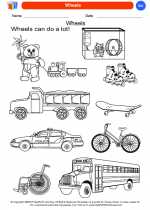Geological Time Scale
The geological time scale is a system of chronological dating that relates geological strata to time. It is used by geologists, paleontologists, and other Earth scientists to describe the timing and relationships between events that have occurred throughout Earth's history.
Key Concepts
- Eras: The geological time scale is divided into several eras, which represent long periods of time in Earth's history. The eras are the Paleozoic, Mesozoic, and Cenozoic.
- Periods: Each era is further divided into periods, which are shorter units of time. For example, the Mesozoic era includes the Triassic, Jurassic, and Cretaceous periods.
- Epochs: Periods are then divided into epochs, which are even shorter time intervals. The Cenozoic era, for example, includes the Paleogene and Neogene epochs.
- Ages: Some epochs are further divided into ages, representing the shortest units of geological time.
Significance
The geological time scale allows scientists to organize Earth's history into distinct units of time, making it easier to study and understand the vast expanse of geological time. It also provides a framework for correlating rock layers and fossils from different regions, helping to piece together the history of life on Earth.
Study Guide
To effectively study the geological time scale, consider the following strategies:
- Memorize the names and sequence of the eras, periods, and epochs in the geological time scale.
- Understand the major events and developments that occurred during each era and period, such as the rise of different life forms and major geological events.
- Practice using the time scale to interpret the age of rock layers and fossils, and to correlate geological events across different regions.
- Utilize visual aids, such as timelines and diagrams, to reinforce your understanding of the geological time scale.
- Engage with interactive resources, such as online quizzes and educational games, to test your knowledge and retention of the material.
By mastering the geological time scale, you will gain a deeper appreciation for the immense timescales involved in Earth's history and the evolution of life on our planet.
[Geological Time Scale] Related Worksheets and Study Guides:
.◂Science Worksheets and Study Guides Kindergarten. Pushing, Moving, Pulling

 Coloring Worksheet
Coloring Worksheet
 Coloring Worksheet
Coloring Worksheet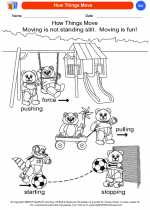
 Coloring Worksheet
Coloring Worksheet
 Coloring Worksheet
Coloring Worksheet
 Coloring Worksheet
Coloring Worksheet
 Coloring Worksheet
Coloring Worksheet
 Coloring Worksheet
Coloring Worksheet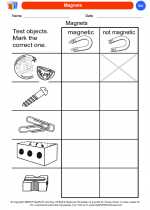
 Coloring Worksheet
Coloring Worksheet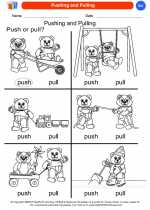
 Coloring Worksheet
Coloring Worksheet
 Coloring Worksheet
Coloring Worksheet
 Coloring Worksheet
Coloring Worksheet
 Coloring Worksheet
Coloring Worksheet
 Coloring Worksheet
Coloring Worksheet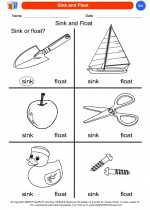
 Coloring Worksheet
Coloring Worksheet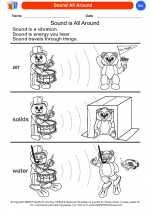
 Coloring Worksheet
Coloring Worksheet
 Coloring Worksheet
Coloring Worksheet
 Coloring Worksheet
Coloring Worksheet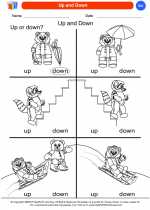
 Coloring Worksheet
Coloring Worksheet
 Coloring Worksheet
Coloring Worksheet